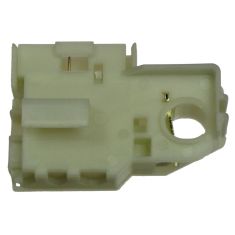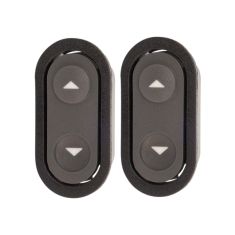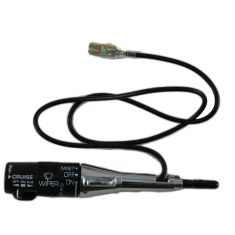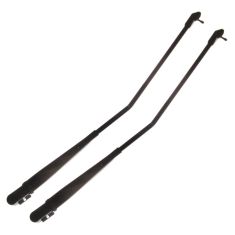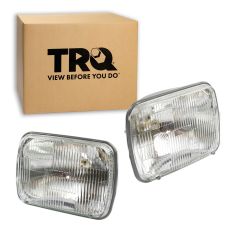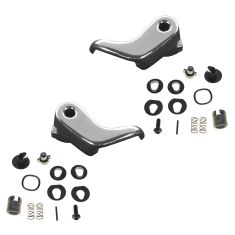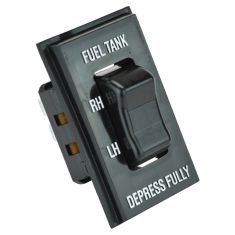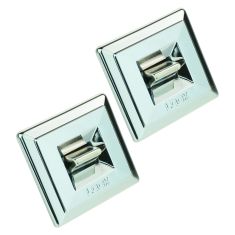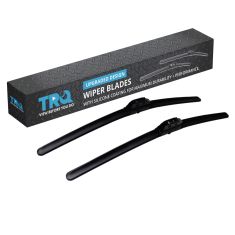GMC C3500 Truck
-
Notify When Available
-
Notify When Available$29.95Save 27%List $40.95 Save $11.00Brand: TRQ - SWA40803$29.95Save 27%List $40.95 Save $11.00
-
Notify When Available$29.95Save 17%List $35.95 Save $6.00Brand: TRQ - SWA41768$29.95Save 17%List $35.95 Save $6.00
-
Notify When Available
Replaces Chevrolet GMC Driver & Passenger Side Windshield Wiper Arm 2 Piece Set TRQ WWA93106
Brand: TRQ- WWA93106$59.95Save 16%List $70.95 Save $11.00Brand: TRQ - WWA93106$59.95Save 16%List $70.95 Save $11.00 -
Notify When Available$51.95Save 16%List $61.95 Save $10.00Brand: TRQ - HLA93557$51.95Save 16%List $61.95 Save $10.00
-
Notify When Available
Replaces Chevrolet GMC Driver & Passenger Side Vent Window Crank Handle 2 Piece Set TRQ DHA35357
Brand: TRQ- DHA35357$37.95Save 28%List $52.95 Save $15.00Brand: TRQ - DHA35357$37.95Save 28%List $52.95 Save $15.00 -
Notify When Available$24.95Save 17%List $29.95 Save $5.00Brand: TRQ - SWA41713$24.95Save 17%List $29.95 Save $5.00
-
Notify When Available$24.95Save 34%List $37.95 Save $13.00Brand: TRQ - SWA40811$24.95Save 34%List $37.95 Save $13.00
-
Notify When Available$76.95Save 26%List $103.95 Save $27.00Brand: TRQ - ACA89044$76.95Save 26%List $103.95 Save $27.00
-
Notify When Available$34.95Save 29%List $48.95 Save $14.00Brand: TRQ - WPB54556$34.95Save 29%List $48.95 Save $14.00
The C3500's Beginnings
GMC's C3500 is a mean truck that can handle even the most rugged terrain of the outdoors. Although GMC made trucks long before, the K1500's roots can be traced to the 1960 C/K pickup line manufactured by GM. Other than a name difference, both GMC and Chevrolet have produced nearly identical trucks since their inception. The "C" represented two-wheel drive, and, in both lines, the "K" represented four-wheel drive. GMC used the numbers 1000, 1500, 2500, and 3000 to designate ½, ¾, 1, and 1 and ½ ton trucks, recpectively.
The C3500 initially came with stepside, which GMC called "Wideside," or fleetside, which GMC called "Fenderside," bed styles. The truck came with three engine choices: a 235ci I6, a 283ci V8, or a 348ci V8. In an effort to create bigger trucks, the wheelbase length was expanded, a new drop-center frame was installed. In 1964, the C models received 3.8L and 4.8L inline-six engines as the standard. This year was also the year the windshield changed to a curved form to provide better visibility and room inside the cabin.
The C3500 Built Throughout the Years
In 1967, the second generation saw some significant changes. A growing popularity in V8s lead to a larger big-block and a plethora of new engines to choose from. Some of these included a 230ci I6, 250ci I6, 250ci I6 OHV, 4.8ci I6, 307ci V8, 307ci V8 OHV, 327ci OHV, 327ci V8, and 396ci V8. The C1500 was now a half-ton truck, with the C2500 as the ¾-ton, and the C3500 as the 1 ton. The C3500's height was lowered by five inches, rear coil spring suspensions became optional, while leaf springs remained standard, and a CST package was offered for the camper pickup. In the next generation, the ‘70s supported a boxier look and feel to the truck. The flatter hood, sharply carved body, streamlined grille without the GMC initials, and sleeker windshield gave the C3500 a new image. It came in three new trim levels: the Sierra, Sierra Grande and High Sierra.
In the late ‘70s, GM was the first company to offer a package with power windows and locks for trucks. However, the design generally remained unaltered other than a few comfortable interior upgrades. Due to government regulations and the energy crisis, most of the improvements were made on the engine. A truck that was still capable of tugging weight needed a fuel-efficient engine, so a powerful, electronic fuel-injected Vortec V6 was introduced as the new standard. A diesel engine was also introduced.
During this time, for one year in 1987, the "C/K" nomenclature was switched to "R/V," while GMC worked on a new version of the C/K platform. The older style continued to be built as R/V models until 1991. The new trucks were built upon the GMT400 platform with longer bodies, and they stood for the same thing: "R" for 2WD and "V" for 4WD. Headlights were changed to a rectangular shape, and the interior was enlarged. In 1988, GMC brought back the "C/K" nomenclature. A Work Truck model was introduced in the 1990, and throughout the decade the C/K line improved its safety features with better steering, lower side view mirrors, four-wheel antilock brakes, and airbags on all sides. In 1991, GMC introduced the C3500 HD as an intermediary between pickups and medium duty trucks. C3500 HD's were sometimes used as dump trucks, for example. Three-door C3500s were introduced in the late ‘90s, as well as the standard Vortec 4300 that could reach up to 200 horsepower. By the end of the decade, the C/K models were known for their satisfaction, innovation, and tough handling for the outdoors. They had such a loyal fan base that despite the fact the Sierra took over production in 1999, a few models were produced in the early 2000s.
Did You Know?
In 1960, "C" and "K" weren't the only designated letters for GM trucks. There was also a "P" model that represented forward control, an "L" model which indicated low cab forward, an "S" that stood for school bus, and an "M" that stood for tandem axle models.
